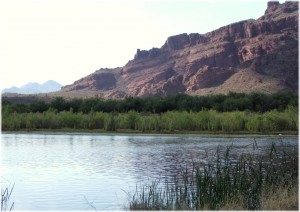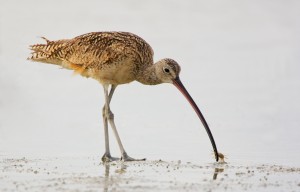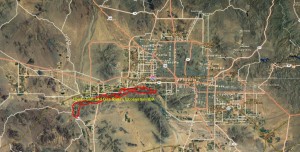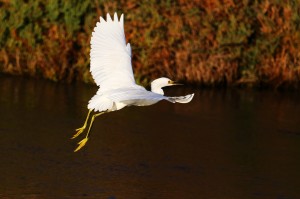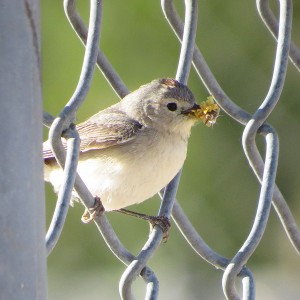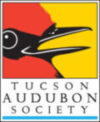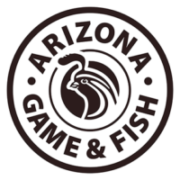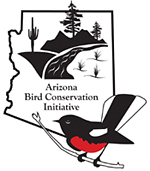Global IBA for Yuma Ridgeway’s Rail and Neotropical Cormorant
Continental IBA for Abert’s Towhee, Yuma Ridgeway’s Rail and Long-billed Curlew
Site Steward: Sonoran Audubon and Audubon Arizona
Size: 57.3 square miles, 36,645 acres
Identified: 07/2002. Recognized: 03/2008. Global/Continental: 10/2011
Visiting the IBA: Arlington Wildlife area is on the west bank of the Gila River approximately 3-1/2 miles south of Arlington and 15 miles southwest of Buckeye in Maricopa County, Arizona.
Ownership: Arizona Game and Fish, Arizona Lands State Trust, Maricopa County Regional Park, and Bureau of Land Management.
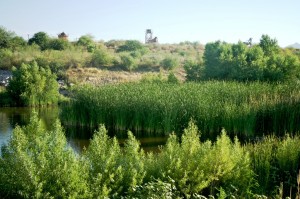 Site Description: The IBA is the Salt River from 83rd Avenue, connecting with the Gila River at 115th Avenue and extending west and south along the Gila River to Gillespie Dam. The Gila River has perennial flow that is from treated effluent from the City of Phoenix and other communities, excess agriculture water, and from natural ground water. This IBA includes Arlington, B&M, Powers Butte and Robbins Butte Arizona Game and Fish Wildlife Areas managed for birds and wildlife. The Tres Rios Nature Festival is held in March to celebrate the birds and other wildlife and their habitats. The fish community here is considered to be one of the most abundant in Arizona and consequently, fish-eating birds are found here in high numbers.
Site Description: The IBA is the Salt River from 83rd Avenue, connecting with the Gila River at 115th Avenue and extending west and south along the Gila River to Gillespie Dam. The Gila River has perennial flow that is from treated effluent from the City of Phoenix and other communities, excess agriculture water, and from natural ground water. This IBA includes Arlington, B&M, Powers Butte and Robbins Butte Arizona Game and Fish Wildlife Areas managed for birds and wildlife. The Tres Rios Nature Festival is held in March to celebrate the birds and other wildlife and their habitats. The fish community here is considered to be one of the most abundant in Arizona and consequently, fish-eating birds are found here in high numbers.
Birds: The area has rich productivity of plant growth due to perennial supply of nutrient laden waters.
Year-round: Gambel’s Quail, Neotropic Cormorant, Double-crested Cormorant, Great Egret, Great Blue Heron, Snowy Egret, Green Heron, Black-crowned Night-Heron, Black-necked Stilt, Greater Roadrunner, Burrowing Owl, Gila Woodpecker, Abert’s Towhee, Northern Cardinal, and Phainopepla.
Breeding: Yuma Ridgeway’s Rails, White-tailed Kite, Lesser Nighthawk, Anna’s Hummingbird, Summer Tanager, Yellow-breasted Chat, Yellow Warbler, Lucy’s Warbler.
Migration: Swainson’s Hawk, Ferruginous Hawk, Olive-sided Flycatcher, Western Wood-Pewee, Willow Flycatcher, Cassin’s Vireo, Wilson’s Warbler.
Winter: Northern Harrier, Prairie Falcon, Peregrine Falcon Osprey, Black-crowned Night Heron, Gadwall, Cinnamon Teal, Blue-winged Teal, Northern Shoveler, Sora, Long-billed Curlew, Greater Yellowlegs, Costa’s Hummingbird, Belted Kingfisher, Red-naped Sapsucker, Marsh Wren, Ruby-crowned Kinglet and Yellow-rumped Warbler.
eBird focus species:Yuma Ridgeway’s Rail, Neotropic Cormorant, Long-billed Curlew, Abert’s Towhee, Lucy’s Warbler, and Costa’s Hummingbird.
Conservation Concern: Invasive salt cedar dominates much of the riparian corridor. Loss of water supply due to pumping and reduced sewage flow because of diversion to other treatment facilities, water conservation, and gray water recapture by local communities is considered a long-term serious threat.
Maps of this Important Bird Area:
State of the IBAs 2014 Baseline – More Technical info about the status of this Important Bird Area
National Audubon Profile Page for Lower Salt and Gila Rivers Ecosystem
Complete eBird.org Checklist of birds Reported for Lower Salt and Gila Rivers Ecosystem
For an interactive map and habitat and land ownership analysis of this IBA visit the National Audubon IBA Map and select “Arizona” and then the name of this Important Bird Area. To access analysis graphs, click on the map boundary of the IBA.
County: Maricopa
Site Status: Identified 07/2002, Recognized 03/2008, Identified Continental 10/2011, Identified Global 10/2011
Ownership: Arizona Game and Fish Commission, City of Phoenix, Buckeye Irrigation District, BLM, Cities of Avondale, Buckeye and Goodyear and Private lands
Area: 57.3 square miles, 36,645 acres
Criteria: Continental: Species of Conservation Concern (Yuma Clapper Rail)
State – Species of Conservation Concern – Waterfowl, colonial waterbirds, raptors/winter and migration.
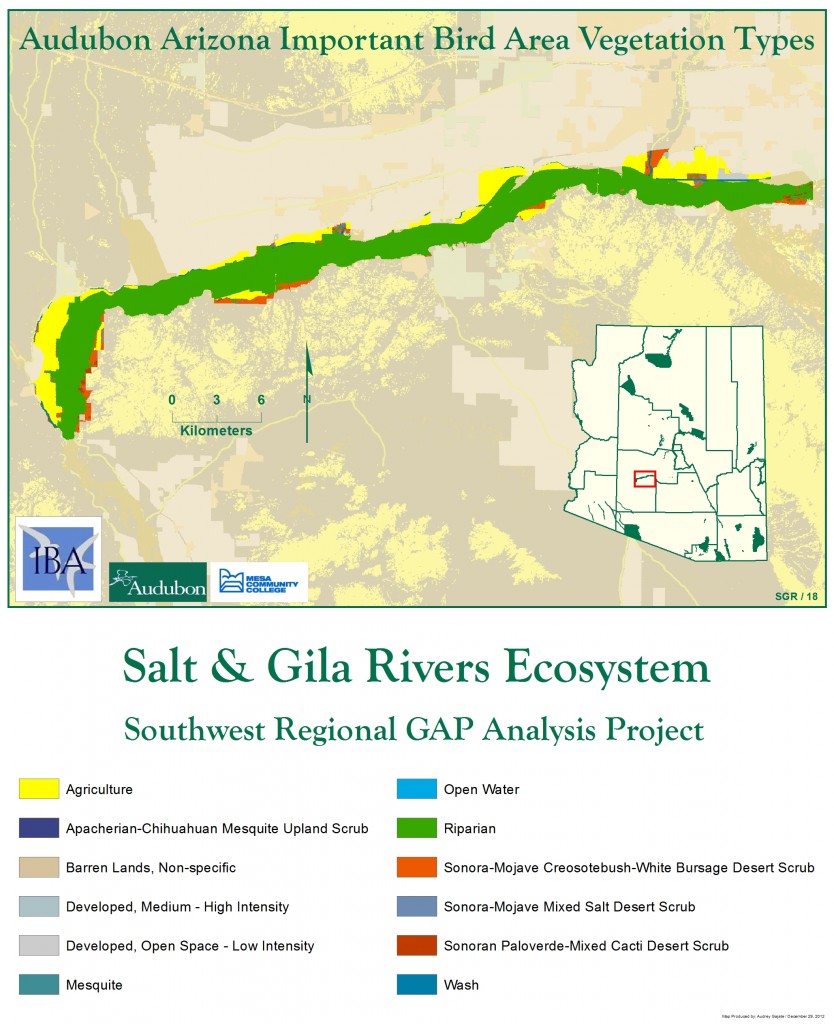 Site Description: BLM lands in the IBA are part of the Fred J. Weiler Greenbelt. Sonoran Audubon Society is the steward for this IBA. They conduct bird surveys during the winter and spring. The Tres Rios and Gila River Christmas Bird Count circles include this IBA. The Tres Rios Nature Festival is held in March to celebrate the birds and other wildlife and their habitats. Information about the Sonoran Audubon Society and their IBA monitoring program can be found at: http://sonoranaudubon.org
Site Description: BLM lands in the IBA are part of the Fred J. Weiler Greenbelt. Sonoran Audubon Society is the steward for this IBA. They conduct bird surveys during the winter and spring. The Tres Rios and Gila River Christmas Bird Count circles include this IBA. The Tres Rios Nature Festival is held in March to celebrate the birds and other wildlife and their habitats. Information about the Sonoran Audubon Society and their IBA monitoring program can be found at: http://sonoranaudubon.org
| Vegetation Description | Hectares |
| CREOSOTEBUSH – BURSAGE (LOWER COLORADO R. VALLEY) COMMUNITIES | 2413256 |
| MESQUITE BOSQUE COMMUNITIES | 4471.47 |
| MIXED PALOVERDE – CACTI COMMUNITIES | 33101.99 |
| RIPARIAN DECIDUOUS WOODLAND | 8315.7 |
| SALTBUSH COMMUNITIES | 334291.1 |
| TAMARIX DISCLIMAX COMMUNITIES | 1525.884 |
Base and Meridian Wildlife Area (B&M) is home for the Tres Rios Nature Festival: http://www.tresriosnaturefestival.com/
Information about the Arizona Game and Fish Department Wildlife Areas:
http://www.azgfd.gov/outdoor_recreation/watchable_wildlife.shtml
Tres Rios Wetlands: http://phoenix.gov/TRESRIOS/index.html
BLM Lower Sonoran Field Office: http://www.blm.gov/az/st/en/fo/lower_sonoran_field.html
El Rio Project: http://www.fcd.maricopa.gov/PIO/News/FCDNews019.aspx
Ornithological Summary: The fish community here is considered to be one of the most abundant in Arizona, and consequently, the community of fish-eating birds is phenomenal. Egrets and herons are exceptionally abundant, with annual Audubon Christmas Bird Counts (CBC) enumerating several hundred of these species (Great Egret, Great Blue Heron, Black-crowned Night Heron, Snowy Egret, and Double-crested Cormorant). Ospreys are regular winter residents, common in migration, and have attempted to nest in recent years. Least Bittern is relatively common too, and Neotropical Cormorant are regularly in mixed groups with Double-crested Cormorant. Yuma Ridgeway’s Rails reach their upstream limit of distribution within the reach, and are widely distributed within preferred habitats within the area. Abert’s Towhee is particularly abundant, with the U.S. highest counts for the CBC occurring in this IBA.
Many raptors winter along the river corridor in this area, especially the Northern Harrier and Cooper’s Hawk, along with Osprey, Red-tailed Hawk, Sharp-shinned Hawk, and Prairie and Peregrine Falcon. The White-tailed Kite has nested on the Robbins Butte Wildlife Area (1999). Swainson’s and Ferruginous Hawk migrate through in the fall and spring in large numbers (500 Average).
Conservation Issues: Invasion of salt cedar – large monotypic tracts of Salt Cedar dominate much of the riparian corridor. Loss of water supply due to pumping and reduced sewage flow because of diversion to other treatment facilities, water conservation, and gray water recapture by local communities is considered a long-term serious threat. There are also water quality risks due to the presence of herbicide and pesticide run-off and pharmaceuticals in effluent water. Unmanaged human use threatens to disturb nesting birds, and lack of access control contributes to illegal dumping, and risk of accidental fire. Cowbird population is abundant and may be impacting Neotropical migratory nesting birds in particular.

